The impact of educational resources and student demographics on reading and mathematics achievement scores of fourth-grade students in Cumberland County public elementary schools, North Carolina
Abstract
This policy study examined the impact of selected educational resources and student demographics on reading and mathematics achievement scores of fourth-grade students in Cumberland County public elementary schools. Its purpose was to determine: (1) whether selected school characteristics were related to reading and mathematics achievement, (2) whether selected teacher characteristics were related to reading and mathematics achievement, (3) whether selected expenditures per-pupil were related to reading and mathematics achievement, and (4) whether selected student demographics were related to reading and mathematics achievement. The data used in this study represented educational resources and demographic variables of fourth-grade students enrolled in Cumberland County public elementary schools during the 1993–94, 1994–95, and 1995–96 school years. The relationship between reading and mathematics achievement of students as measured by the end-of-grade tests and seven variables were analyzed. Cross-tabulation analyses were performed to capture unique characteristics that existed among the schools in the sample. Pearson product-moment correlation was performed to determine the overall strength of each relationship. Ordinary Least Square (OLS) regression analysis was used to determine the statistical significance of the variables that influence fourth-grade reading and mathematics achievement. The results of the study showed that two variables had significant relationship with fourth-grade reading and mathematics achievement scores as measured by the end-of-grade test scores. The percentage of students on free or reduced lunch programs had a negative relationship with student achievements, and the percentage of parents with post-high school education was positively significant in explaining changes in reading and mathematics scores of fourth-grade students. Recommendations derived from the study indicated that increased amounts of educational resources and remediation services should be directed to schools that serve students from lower socioeconomics backgrounds. This study demonstrated the need for further research that would include other important variables such as the following: (1) the equitable distribution of instructional resources, (2) the quality of the school's library, (3) parental and community involvement in schools, (4) students' time on task, (5) teachers' certification status, (6) curriculum alignment, and (7) the availability of computers in each school. It was also recommended that the use of a classroom-based qualitative study approach be implemented for a in-depth analysis of the impact of educational resources and student demographics on achievement.
Subject Area
Educational administration|Education finance|Elementary education
Recommended Citation
Okpala, Comfort Ogo, "The impact of educational resources and student demographics on reading and mathematics achievement scores of fourth-grade students in Cumberland County public elementary schools, North Carolina" (1998). ETD Collection for Fayetteville State University. AAI3027014.
https://digitalcommons.uncfsu.edu/dissertations/AAI3027014

